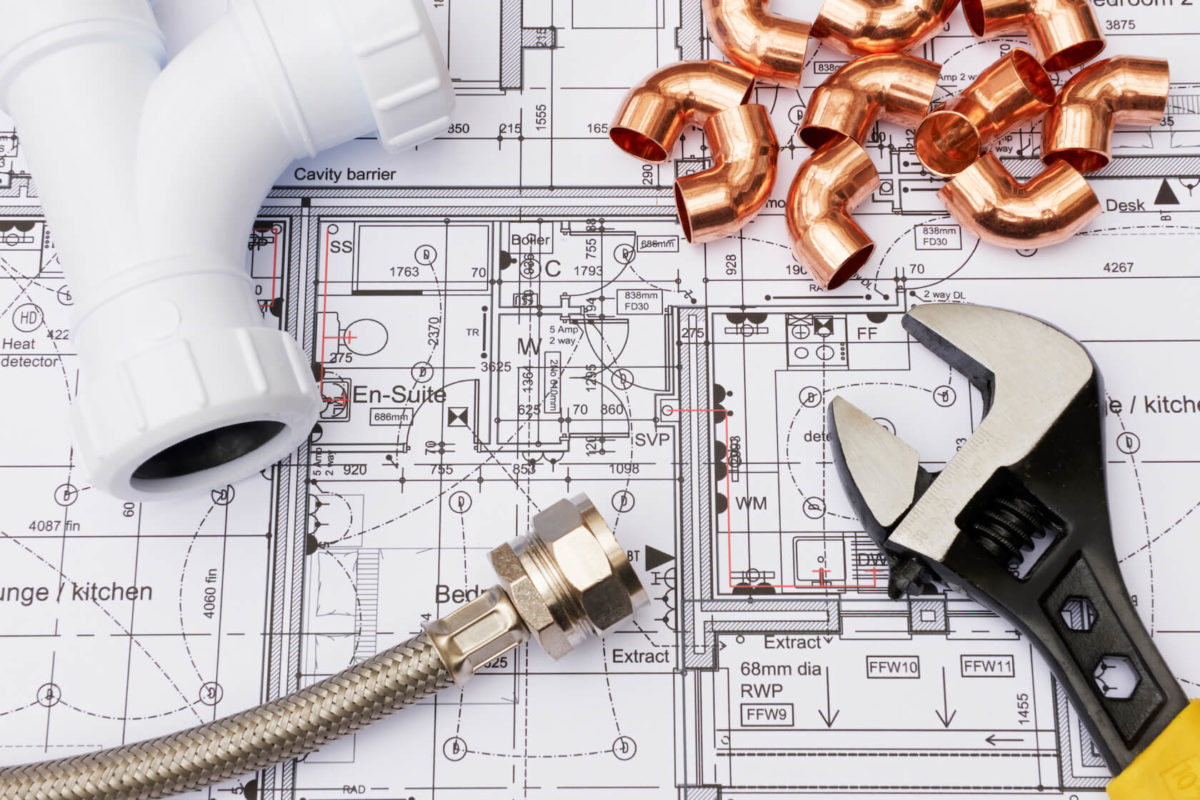
Understanding the anatomy of your home’s plumbing system is essential for any homeowner. It not only helps in identifying potential issues but also facilitates effective communication with professionals when repairs or upgrades are needed. Your home’s plumbing system is more than just pipes and faucets; it’s a complex network that ensures the efficient and hygienic flow of water in and out of your house. In this blog, we’ll dissect the crucial components of your home’s plumbing system. For those in Antelope Valley, Brock Plumbing is your trusted partner for all your plumbing needs, ensuring your system functions smoothly and efficiently.
1. Water Supply System
The water supply system is responsible for delivering clean water to your home. It’s typically divided into two subsystems: one that carries freshwater in and another that takes wastewater out.
- Main Water Line: This is where your home’s plumbing system begins. The main water line connects your home to the public water supply or a private well.
- Pipes and Shut-off Valves: Pipes distribute water throughout your home. Shut-off valves are crucial for controlling the flow of water and making repairs without shutting off the entire system.
For more information on water supply systems, the U.S. Environmental Protection Agency (EPA) provides resources on maintaining private well systems and ensuring water quality.
2. Drainage System
The drainage system removes wastewater from your home, ensuring proper sanitation. Key components include:
Drain Pipes: These pipes carry waste and water away from sinks, toilets, and showers.
Vents: Vents allow sewer gases to escape and help maintain proper pressure in the drainage pipes, ensuring efficient flow of wastewater.
Traps: Every fixture has a trap, a U-shaped pipe that holds water and prevents sewer gases from entering your home. The most common is the P-trap under sinks.
The International Association of Plumbing and Mechanical Officials (IAPMO) is a valuable resource for understanding plumbing codes and standards that govern the installation and maintenance of drainage systems.
3. Fixtures and Appliances
Fixtures and appliances are the most interacted with parts of your plumbing system. They include sinks, toilets, showers, dishwashers, and washing machines. Each fixture and appliance has its own supply and drainage connection, ensuring they receive clean water and can dispose of wastewater effectively.
4. Water Heating System
Your water heater is a crucial component, providing hot water to various fixtures and appliances in your home. It can be tank-based or tankless, with each type having its own set of advantages and maintenance requirements. Regular maintenance is essential to ensure efficient operation and extend the lifespan of the unit.
For an in-depth look at water heaters and maintenance tips, Energy.gov provides a comprehensive guide.
5. Sump Pump
In areas prone to flooding or with high water tables, a sump pump is an essential part of the plumbing system. It’s installed in the lowest part of your basement or crawlspace and pumps out water that accumulates, preventing flooding and protecting your home from water damage.
6. Septic System
Homes that are not connected to a municipal sewer system have a septic system and an underground wastewater treatment structure. Understanding how to maintain your septic system is crucial to prevent backups, odors, and early system failure.
Conclusion
Your home’s plumbing system is a complex and essential network, ensuring the efficient and hygienic flow of water in and out of your property. Understanding its key components helps in maintaining it properly and identifying issues before they escalate into major problems. For residents in Antelope Valley, Brock Plumbing is dedicated to providing top-notch services, ensuring that every part of your plumbing system is in perfect working order. Trust our team of professionals to handle all your plumbing needs, ensuring your home remains comfortable, safe, and well-maintained.

